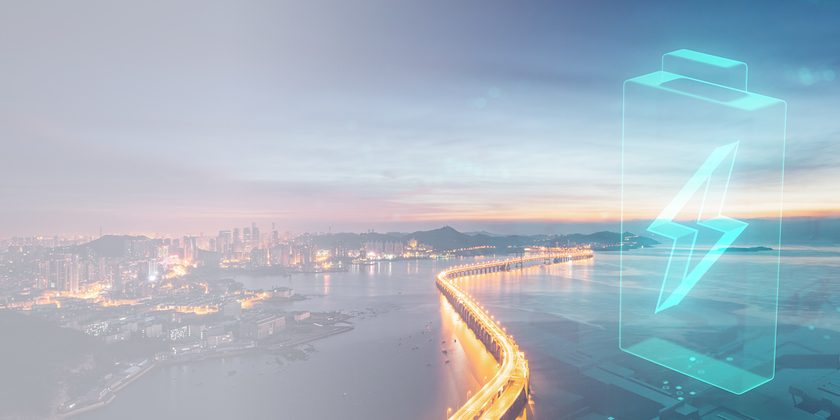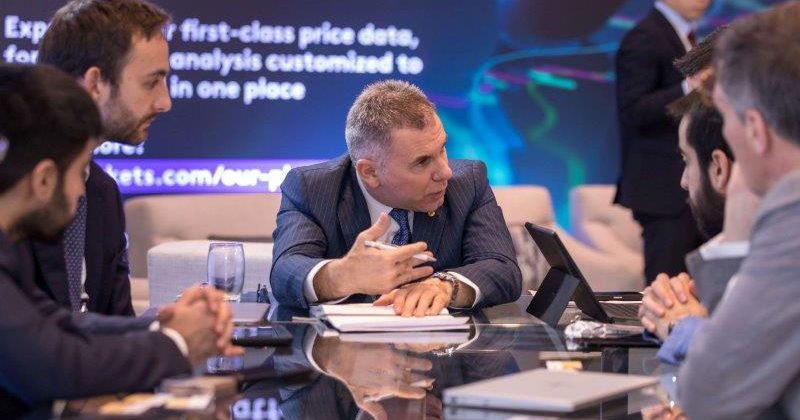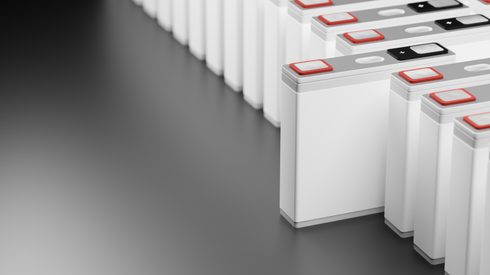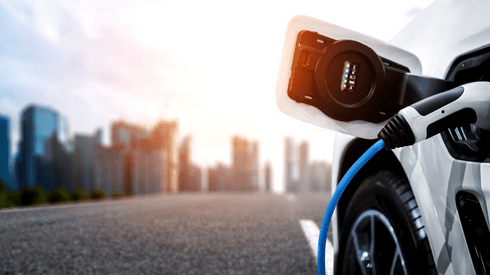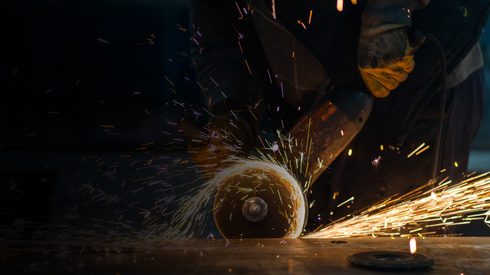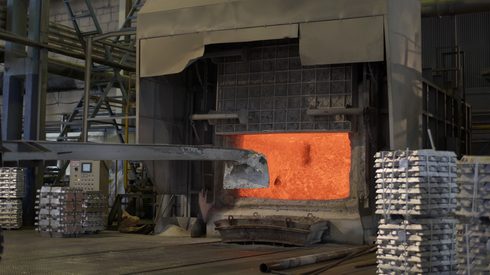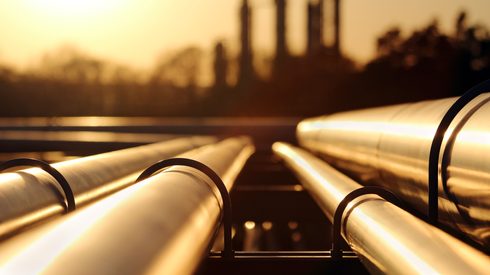In part one of our manganese sulfate series, we explored the various production routes in the manufacturing of sulfate as well as the areas in which volatility could emerge.
This article will focus on the current demand scenario, as well as the priorities of the industry on developing beyond the current reliance on China.
At the time of publication on Wednesday July 26, Fastmarkets understands that there is just one manganese sulfate producer in Europe – although European production is expected to develop in the future. The vast majority of global production is currently concentrated in China.
Manganese in batteries
Lithium-ion (Li-ion) batteries represent, by far, the largest growth opportunity for sales of manganese sulfate, with one market source telling Fastmarkets that “all high-purity manganese sulfate goes to the battery industry.”
The traditional industrial application for the lower grade, industrial quality manganese sulfate has been the agricultural sector, but this is becoming less and less important in terms of consumption.
Manganese plays a critical role in the cathode of a Li-ion battery, and is represented by the ‘M’ in NMC, which stands for nickel–manganese–cobalt.
NMC cathodes are a preferred chemistry for Li-ion batteries, particularly in Western markets, due to their advantages in terms of energy density and range.
Manganese plays a crucial role in the battery, offering stability during charge cycles and ensuring that the battery lasts longer, while metals such as nickel provide energy density.
The growth in adoption of electric vehicles (EVs) globally has driven the demand for manganese sulfate. Fastmarkets forecasts a significant increase in such demand in future, particularly with new battery technologies being developed, further increasing manganese demand.
As the chart above shows, expected demand is likely to almost triple between 2023 and the end of the decade, although these figures do not take into account production losses and stock build-ups.
Demand for manganese sulfate is likely to grow significantly, but the current market pricing dynamics typically put it lower on the list of procurement priorities.
“Manganese makes up 5-11% of the cell weight of current NMC battery chemistries, but around 1-2% of the cell cost,” Fastmarkets battery raw materials analyst Robert Searle said. “For now, it remains much lower-cost compared with other cathode active materials. And its price has yet to show volatile spikes in the way that [the prices of] cobalt and nickel have in recent years.”
Another factor, in addition to its relatively low cost, is that the consumption of manganese in the battery sector is dwarfed by its use in the steel sector.
Price divergence
At present, the production of manganese sulfate and related batteries is heavily concentrated in China. But with the world attempting to regionalize supply chains, there is an increasing focus on price divergence in regions such as Europe.
The region relies for the moment almost entirely on imports of material from China. These historically have been subject to a 5% import duty, although this has been suspended and is now under review.
In the US, however, import duties were said to be significantly higher.
As was noted in the first part of this series, there are many concerns about the presence of elements such as selenium in Chinese-produced manganese sulfate. And there are broader concerns about the potential for more impurities.
“First-tier original equipment manufacturers [OEMs] in the US and Europe want to move away from Chinese sources of material when it comes to cathode active material [CAM],” Madelein Todd, the chief marketing officer of Manganese Metal Co (MMC), said when speaking to Fastmarkets earlier this year.
This view was shared by others in the industry, who expected the desire to pivot away from China-origin material to result in a significant price gap.
“Non-Chinese material, with excellent environmental-social governance [ESG] credentials, transparency of production, security of supply and top quality, is becoming more and more important to customers,” Euro Manganese commercial vice president James Fraser told Fastmarkets earlier this year. “This supply will become available, with a price premium.”
But it was not yet clear what level of premium non-Chinese material could command in an open and competitive market.
Fastmarkets most recently assessed the price of manganese sulfate, 32% Mn min, battery grade, exw mainland China, at 4,800-5,650 yuan ($667-786) per tonne on July 20.
Alongside the potential origin premiums, questions have been raised about whether there could be premiums on product derived from manganese metal, or manganese ore. Some market participants believed that sulfate produced from manganese metal could command a premium, although production of sulfate via this route is relatively small.
At present, the market is dominated by ore-derived sulfate, with market sources estimating that around 90% of total sulfate production comes from manganese ore.
But the potential price gaps between materials derived via the different production methods are not unique to manganese sulfate, with nickel sulfate showing similar price divergence depending on the method of production.
This article is part three of three in our spotlight on sulfate series, focused on manganese sulfate. Read the other articles here.

